Some posts on this site contain affiliate links. If you book or buy something through these links, I earn a small commission (at no extra cost to you). Take a look at my privacy policy for more information.
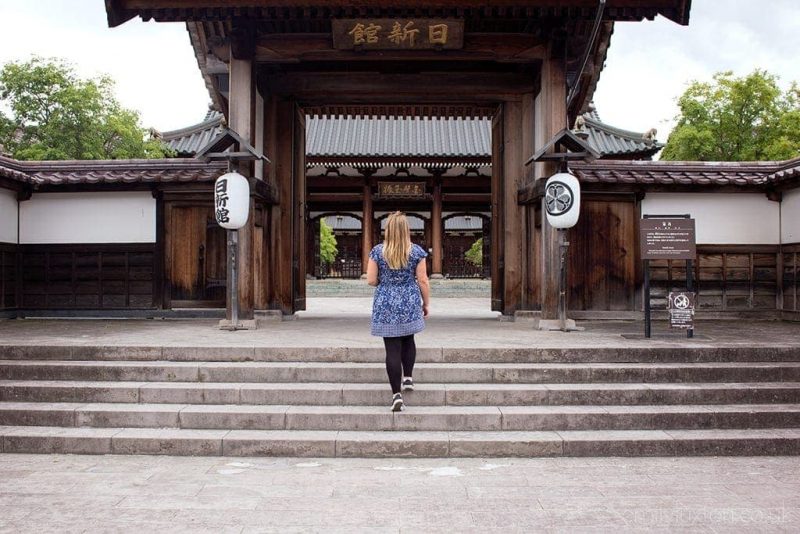
“The Samurai Spirit is strong with this one” someone murmurs, as I ready an arrow in my bow. I pull back on the string, and an expectant hush falls over the courtyard…
OK, OK, no one said that. No one was even thinking it. And in reality, I looked a lot less like Robin Hood than I did in my head (and probably a lot more like that chubby chicken that hangs around with Maid Marian).
I was, however, the only one of our group to hit the target during our all-too-brief archery lesson at the Nisshinkan samurai school in Aizuwakamatsu. I only hit it once, but that’s once more than anybody else did that day – enough to keep me going on about it for the rest of my time in the city.
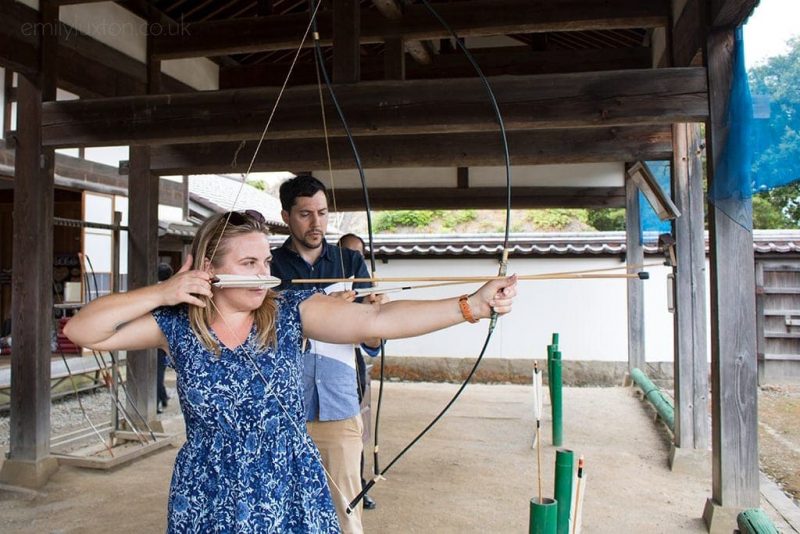
Aizuwakamatsu, the Samurai City
Aizuwakamatsu is Japan’s Samurai City. This is where the last of the samurai fought during the final revolution, and it was a city so well-known for producing fine samurai that they were hired to protect Kyoto during the late Edo period.
Today, samurai might be a thing of the past, but the spirit of their culture is still alive and well in Aizuwakamatsu. As I discovered on a whirlwind trip discovering the food, culture, and history of a city still influenced by its famous samurai.
READ MORE: 17 amazing places to get off the beaten path in Japan!
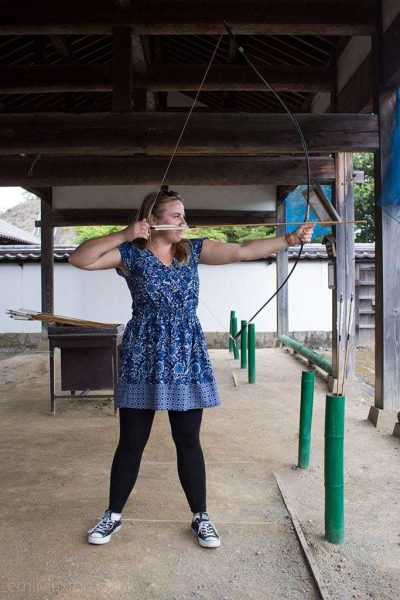
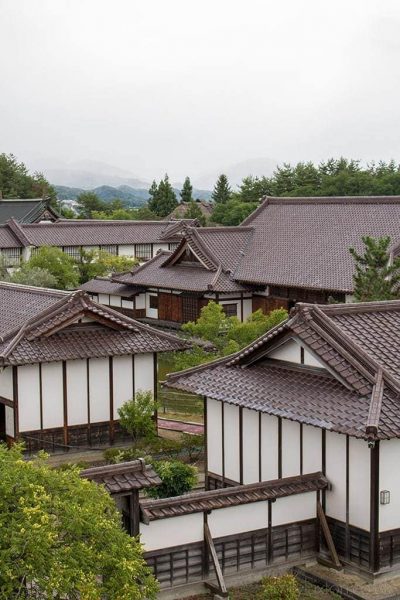
Our trip started at the Nisshinkan, a centuries-old samurai school that once produced some of the finest samurai in Japan, instilling them with rigid values of honour. Today, it’s open to the public for lessons in archery and other samurai skills, or to simply explore the beautifully restored Edo-period architecture and learn the fascinating samurai history of Aizu.
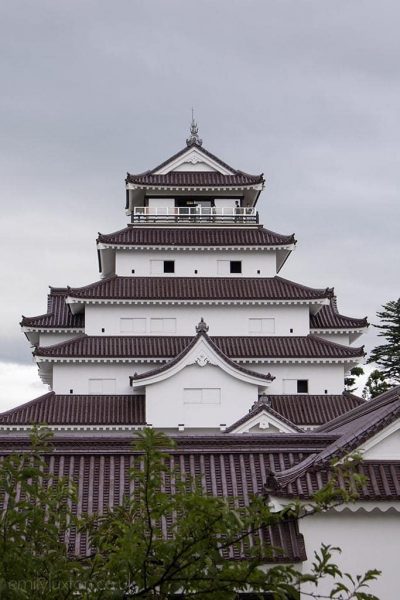
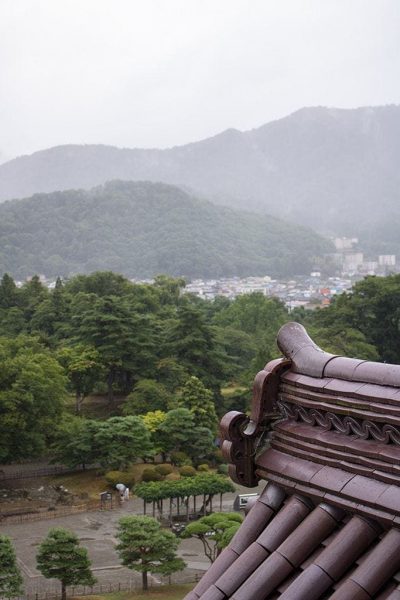
A lesson in Kyudo (Japanese archery) was just the start. At Tsuruga Castle, we delved deeper into the violent and dramatic history of Aizuwakamatsu. From the tranquillity of a traditional tea ceremony in the castle grounds, to the bloody stories of the Boshin war surrounding the castle museum’s collection of artefacts and weaponry, to a samurai armour dress-up session… no stone was left unturned in our quest to discover the true spirit of the samurai.
But it was in the shadow of the castle, inside the Butokuden dojo, where I found the spark of the samurai is still alive today – in the Naginata skills of a class of teenage girls. In feudal Japan, women born into samurai families were well-practised in the art of the naginata (a pole-style weapon) – and Onna-bugeisha (female warriors) often fought alongside samurai in times of war.
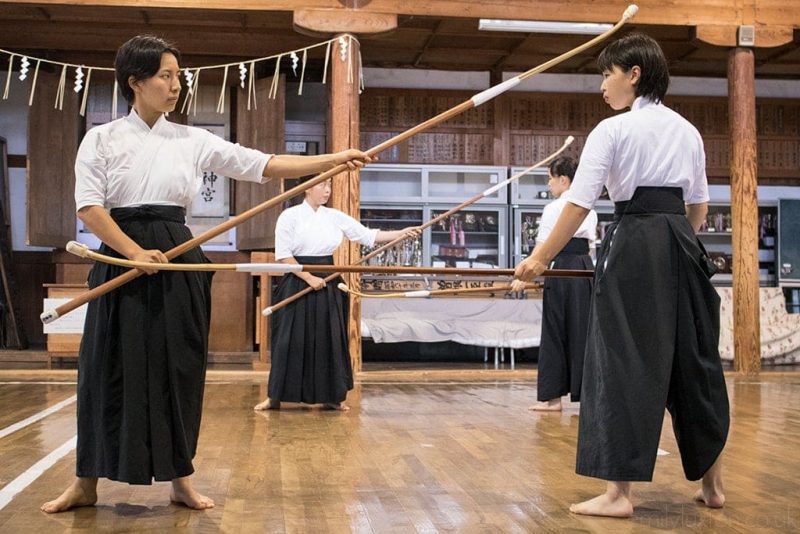
I loved watching these fierce-faced girls show off their impressive warrior skills. I didn’t love learning that pride always comes before a fall… because after spending most of the day bragging about how awesome I was with a bow and arrow, I was laughably bad with a naginata. Wielding one of those things is HARD! Maybe we won’t be making a samurai out of me just yet.
READ MORE: Check out my Aizuwakamatsu travel guide for all the best things to do in the city!
Discovering the Byakkotai
There’s just something a bit exciting about samurai culture, isn’t there? Skill, honour, bravery… it’s a history that’s easy to romanticize. And with such strong links to its recent samurai history, Aizuwakamatsu is filled with fascinating – and often tragic – stories to discover.
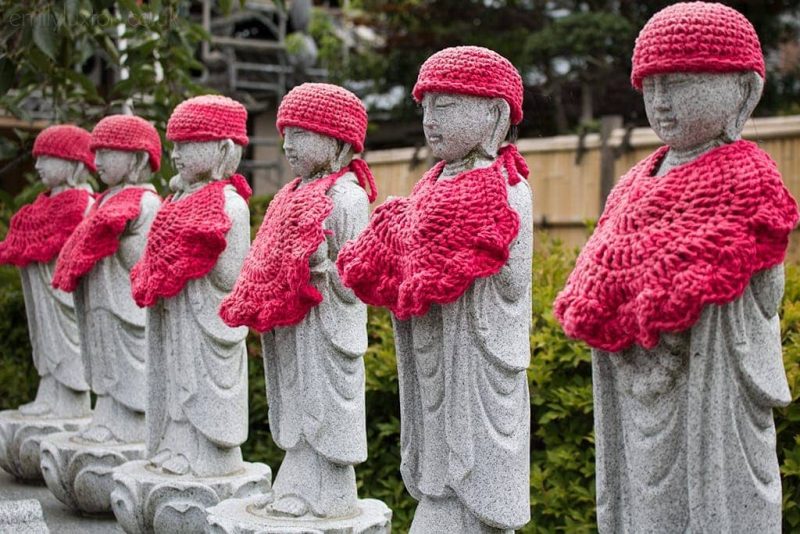
On the slopes of Mount Iimoriyama, overlooking the city, lies a memorial to the Byakkotai (White Tiger Corps) – a group of young Aizu soldiers aged 16 to 17, who were fighting in the Boshin War.
(Quick history lesson for those who know as little about Japan’s Edo Period as I did. The Boshin War was a civil war in 1868 between the Imperial Court – the Emperor – and the feudal military government called the Shogunate who were then in power.)
Twenty boys from the Byakkotai unit were on the side of Mount Iimoriyama and saw Aizuwakamatsu burning. From their vantage point, it looked like the castle was in flames and the battle was lost. Following the samurai tradition, the boys committed seppuku – ritual suicide – rather than be defeated or captured.
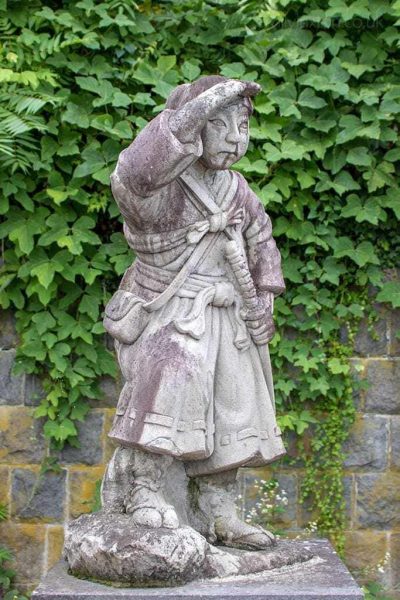
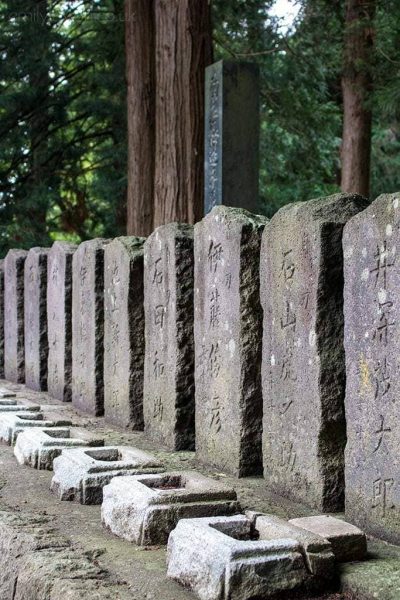
But the castle wasn’t taken, and the flames the boys saw were actually outside it. To make the sad story worse, it took a year until the victorious Imperial Forces allowed the remains of the young men to be buried. Today, though, the story of their loyalty and devotion is celebrated in Aizu. There’s a beautiful grave and memorial which has become a popular tourist attraction
Samurai Living
Samurai is a word that tends to make me think of stories like that. Of war, sword fighting, and sepukku. But that’s only a small fraction of the story. What about everyday life? At the Aizu Samurai Residence, we had a glimpse of exactly that.
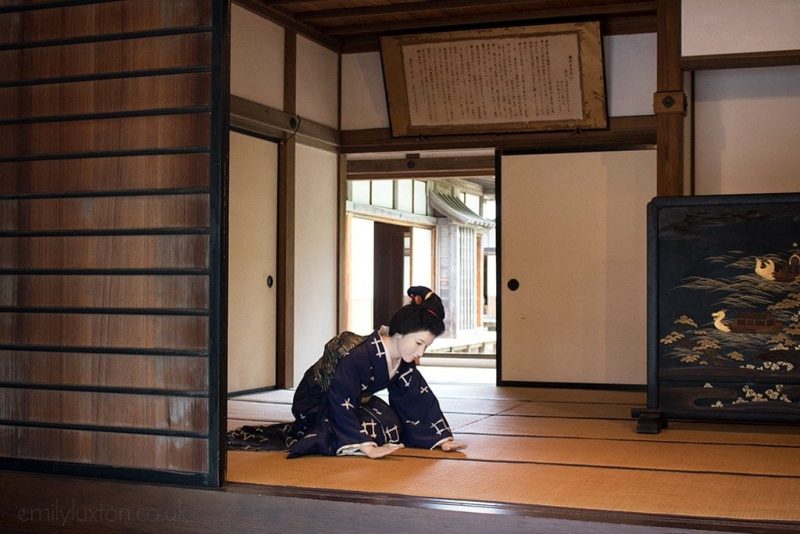
Inside the beautiful complex of wooden buildings that were once home to an important Edo-Period Aizu lord, we got a glimpse into real life as a samurai. Everything from the tea house, to a water-wheel rice mill, to the bathroom (which was specially designed so that no ninjas could hide in the roof – true story).
And even in the food and drink around Aizuwakamatsu are traces of the samurai history. Suehiro Brewery is a sake brewery founded in 1850, at the end of the shogunate era. A tour of the brewery doesn’t just include the making of sake and the all-important tasting (although that’s clearly the best part). In the upstairs rooms we delved into the history of the brewery and its long running connections to Aizu’s local lords.
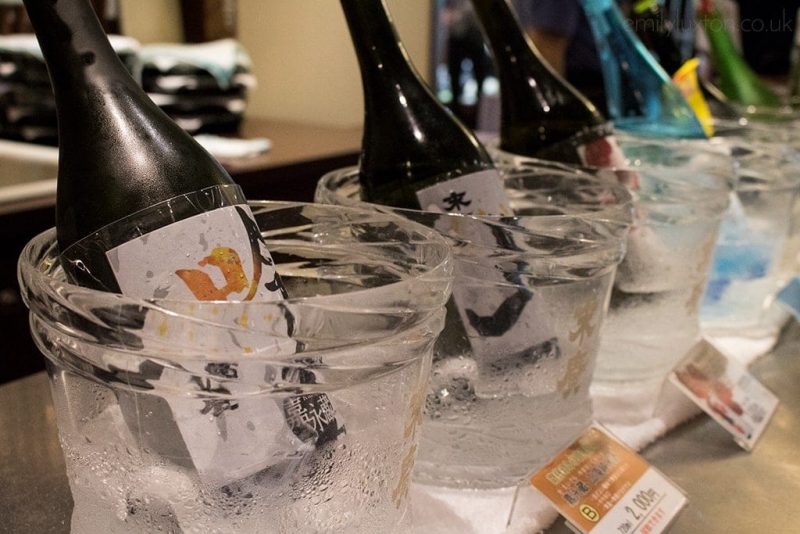
Beyond the samurai history, there was so much more to discover in Aizuwakamatsu. Riverside onsens, amazing ramen, boutique craft shops, and ancient wooden temples.
Over three days we ate, we dressed up in yutaka and samurai armour, we tried (too much) sake, we explored the nearby countryside, and we ate some more. But the most interesting draw was Aizu’s samurai spirit. This gorgeous little city is the perfect way to get off the beaten path in Japan and to delve into the fascinating history surrounding the end of the Edo Period and the brutal Boshin War.
My trip to Aizuwakamatsu was organised by All About Japan and the local tourist board. But, as always, all words and opinions are my own!
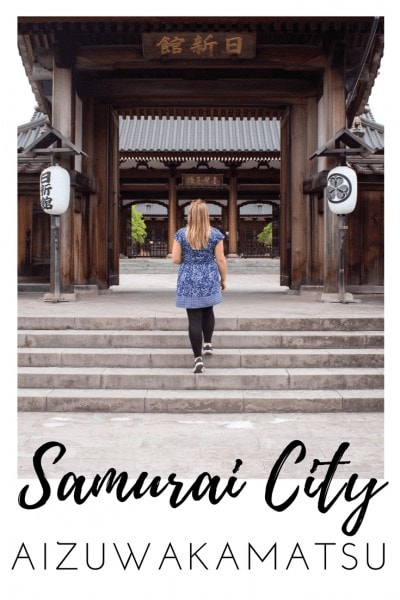
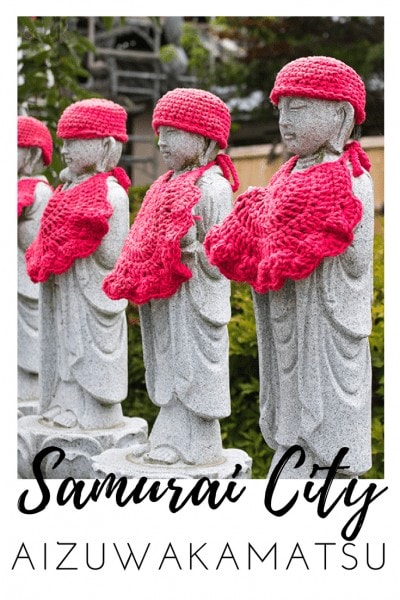

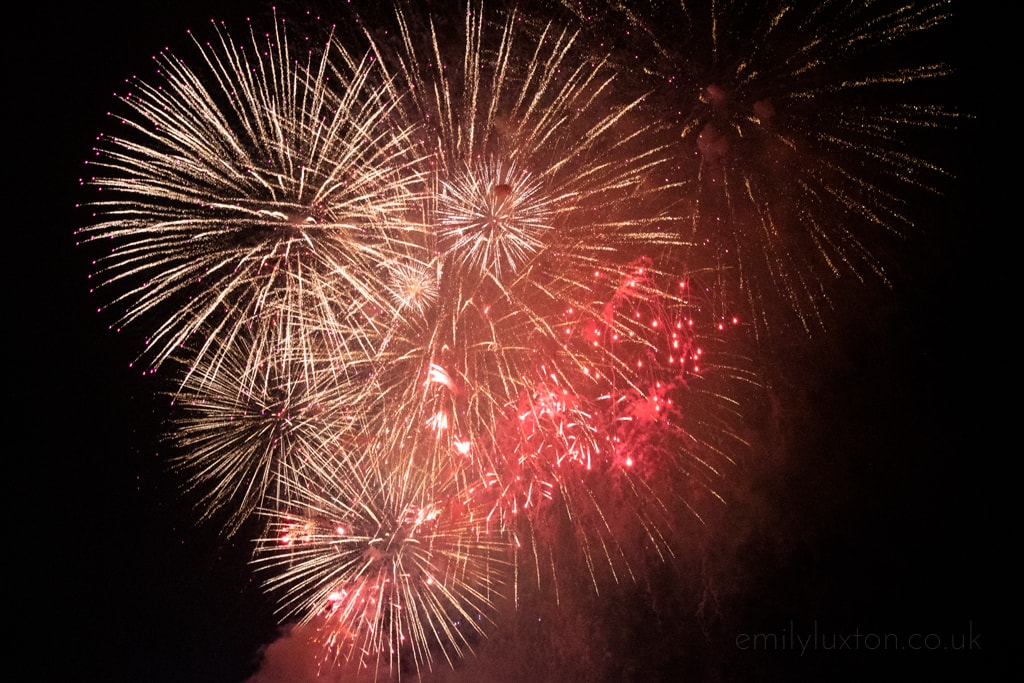


What an incredible adventure! I’d love to experience something so unique. I’m heading to Japan next year so I’ll have to see if I can fit it in :)
It really was super uninque – I’ve never done a trip like it. Japan will always surprise you :) Where are you headed, do you know yet?
Awesome! I’m not going til October next year but I can’t wait! I saw that you’re living in Southsea now too…I’m from Portsmouth :) I love Southsea so much, it just seems to be getting better and better too. Every time I go home, there’s something new and exciting to check out! I’m secretly jealous that you’re living there! haha
Oh cool!! Yeah I moved here in January, after spending summer here last year. I love it!! It’s definitely a very cool place to live tight now – lots of great bars and restaurants etc.
October is a dreamy time to visit Japan – when I was there in Oct a couple of years ago the colours were amazing :)